University of Southampton international webinar: “Synergizing EO and In-Situ Data for Crop Stress Detection and Monitoring," 20 May 2025
The event brought together scientists from academia, a global scientific network, the Space Agency, and the public sector, to discuss this joint initiative by EO4CerealStress and the European Space Agency (ESA) (https://eo4cerealstress.org/ ).
EO4CerealStress is an ESA-funded project aimed at developing EO-based products to understand and monitor the effects of individual and multiple stressors on cereal crops. The project is led by the University of Southampton and has a consortium of four institutes: the University of Seville, Spain, the University of Guelph, Ontario, the University of Twente in the Netherlands, and the global fintech company, BOKU.
Speakers included ESA’s Science Coordinator, Dr. Espen Volden from Italy, Dr. Catherine Champagne from Agriculture and Agri-Food Canada, Prof. Victor Galiano (University of Seville), Dr. Roshanak Darvishzadeh (University of Twente), Prof. Jadu Dash (University of Southampton, UK), Dr. Alice Laborte (IRRI, Philippines), Dr. Omid Ghorbanzadeh (BOKU), and Mr. Emanuel Büechi (TU Wien) from Austria. Dr. Zaib-un-Nisa, Research Fellow at the University of Southampton and EO4CerealStress Project Manager, was the session moderator. More than 30 experts from around the world participated.
Dr. Espen Volden opened the session by introducing ESA’s Agriculture Science Cluster, which has shifted from isolated knowledge sharing toward active and concrete collaboration among projects; saying that beyond focusing on crop stressors, the cluster is expanding its work to include irrigation monitoring and nutrient estimation, with efforts underway to scale testing across Europe. Yield prediction remains a central objective of the cluster, under the umbrella of stressor-focused initiatives.
Prof. Victor Galiano presented how hyperspectral UAV data combined with EnMap, Sentinel-2 satellite imagery, and in situ ground observations, are advancing crop stress detection and management, by precise mapping of complex stressors such as salinity, heavy metals, and nutrient deficiencies in Andalusia. Prof. Roshanak Darvishzadeh showed how Sentinel-2 and EnMap data complement each other in mapping lodging severity in wheat crops. By applying advanced machine learning, this approach enables accurate lodging detection and supports more informed harvest timing decisions in Italy.
Dr. Omid Ghorbanzadeh shared how integrating Sentinel-2 with deep learning creates a scalable, accurate framework for real-time drought monitoring in the Marchfeld region, Austria, showing promise for application across different regions and cropping systems, such as in Canada. Guest speaker, Mr. Emanuel Büechi from the YIPEEO project (https://yipeeo.czechglobe.cz/ ), showcased how deep learning improves crop yield forecasts in data-scarce environments.
During the panel discussion on: ‘translating research into actionable, user-centric Earth Observation services’, Dr. Catherine Champagne highlighted the Joint Experiment for Crop Assessment and Monitoring (JECAM project)’s key role in capacity building. JECAM helps countries improve crop monitoring methods through collaborative experiments using advanced technologies like Synthetic Aperture Radar and hyperspectral imaging.
Highlighting the importance of user engagement, Dr. Alice Laborte from the International Rice Research Institute (IRRI), stressed that tailoring EO data services to stakeholder needs drives wider adoption. She shared the example of their flagship PRISM project that actively involves farmers, extension agents, and policymakers in the co-development of satellite-based tools, delivering rice yield estimates in the Philippines and providing decision-makers with actionable intelligence earlier than conventional end-of-season reports. (https://www.cgiar.org/innovations/satellite-rice-monitoring-the-philippine-rice-information-system-prism/)
Looking ahead, Dr. Espen Volden said that as the Copernicus program continues to expand, new experimental missions like the The FLuorescence EXplorer (FLEX) mission, which will collect global chlorophyll fluorescence data; will push scientific boundaries. The challenge remains to translate these advances into operational tools that farmers can rely on. By focusing on user needs and fostering open data sharing and sustained collaboration, the agricultural community can develop scalable, accurate, and timely solutions. Prof. Jadu Dash added that these efforts can empower farmers worldwide to detect stress early, optimize crop management, and enhance resilience, for maintaining food security in an increasingly uncertain climate future.
For more updates, please visit their website: https://eo4cerealstress.org/news-events/

